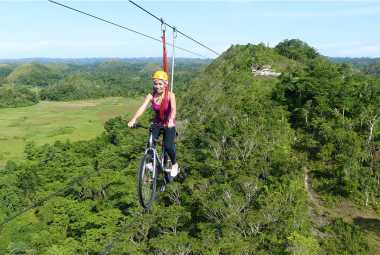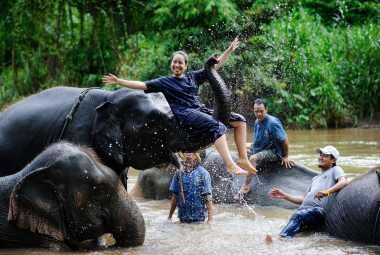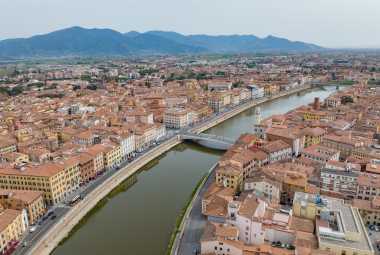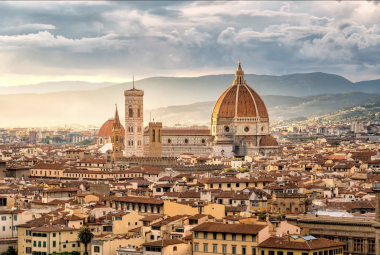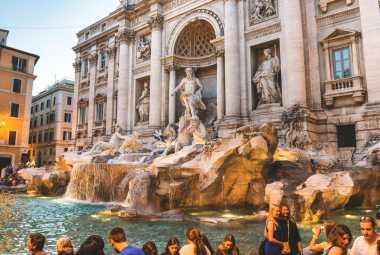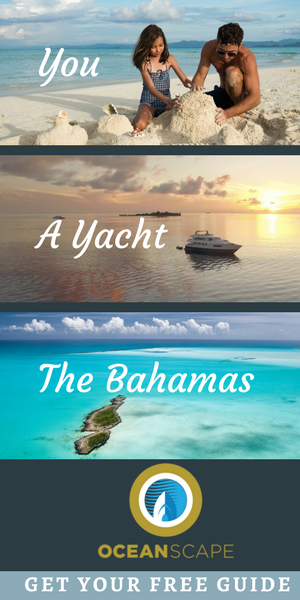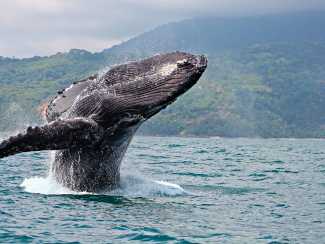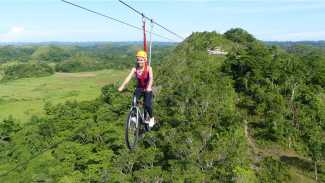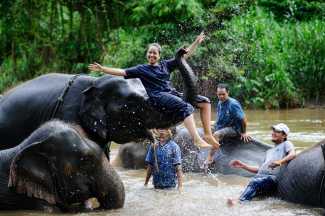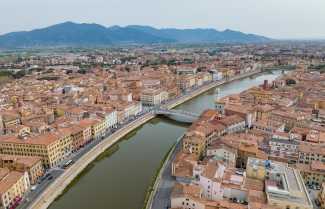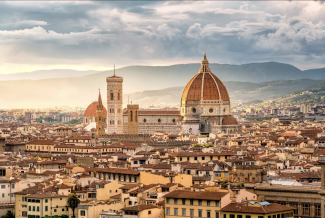Image by
*Vacation Mode is a for-profit site. It contains paid banner advertisements that are generated and managed by a third-party network. This site also includes relevant affiliate links (both in the content and on the sidebar) all of which we do our best to clearly mark as such.
Embark on a journey through the Philippines, a Southeast Asian gem brimming with cultural diversity, natural wonders, and a tapestry of history.
Table of Contents
Introduction to the Philippines
The Philippines, officially known as the Republic of the Philippines, is a sprawling archipelago in Southeast Asia. Made up of over 7,600 islands, it boasts a rich biodiversity, a blend of traditional and modern cultures, and a history that intertwines indigenous, Asian, European, and American influences. Official Tourism Website
Geography and Climate
Geographically, the Philippines is divided into three main island groups: Luzon, Visayas, and Mindanao. It is surrounded by the South China Sea to the west, the Philippine Sea to the east, and the Celebes Sea to the south. This strategic location has made it a cultural melting pot throughout history. The country's climate is tropical and generally hot and humid, with a rainy season from June to November. Encyclopedia Britannica - Philippines Geography
Cultural Tapestry
Filipino culture is a colorful mosaic of influences, with a strong foundation of Malay customs interwoven with Chinese, Spanish, and American legacies. This is evident in the nation's languages, beliefs, festivals, and everyday life. The Philippines is home to a variety of indigenous peoples, each with their own unique traditions and languages, adding to the country's linguistic diversity. National Commission for Culture and the Arts
Tourism and Attractions
From the stunning rice terraces of Banaue to the pristine beaches of Palawan, the Philippines is a treasure trove of natural beauty. The country's tourism slogan, "It's More Fun in the Philippines," reflects the myriad of experiences available to travelers. Adventure seekers can dive with whale sharks, explore underground rivers, and hike up active volcanoes. It's More Fun in the Philippines
Exquisite Filipino Cuisine
Filipino cuisine is as diverse as its culture, characterized by bold flavors and a fusion of indigenous, Spanish, Chinese, and American culinary traditions. Staples include adobo, sinigang, and lechon, with each region offering its own local specialties. The country is also known for its sweet mangoes, coconuts, and the iconic balut, a fertilized duck egg. Filipino Food Recipes
Economic Landscape
The Philippines' economy is diverse and rapidly growing, with contributions from agriculture, manufacturing, mining, and services, including a robust Business Process Outsourcing (BPO) industry. The country also receives substantial remittances from millions of Filipinos working abroad, playing a crucial role in the economy. Bangko Sentral ng Pilipinas
FAQs
- What is the best time to visit the Philippines?
- The dry season from December to May is considered the best time to visit, with cooler temperatures and less rainfall.
- Do I need a visa to travel to the Philippines?
- Visitors from many countries can enter the Philippines without a visa for stays of up to 30 days. For longer stays, a visa is required. Check the Department of Foreign Affairs for more information.
- What are some must-try Filipino dishes?
- Be sure to try adobo, kare-kare, sinigang, and for the adventurous, balut.
- Is English widely spoken in the Philippines?
- Yes, English is one of the official languages and is widely spoken throughout the country, especially in major cities and tourist areas.
- What currency is used in the Philippines?
- The Philippine Peso (PHP) is the official currency.



